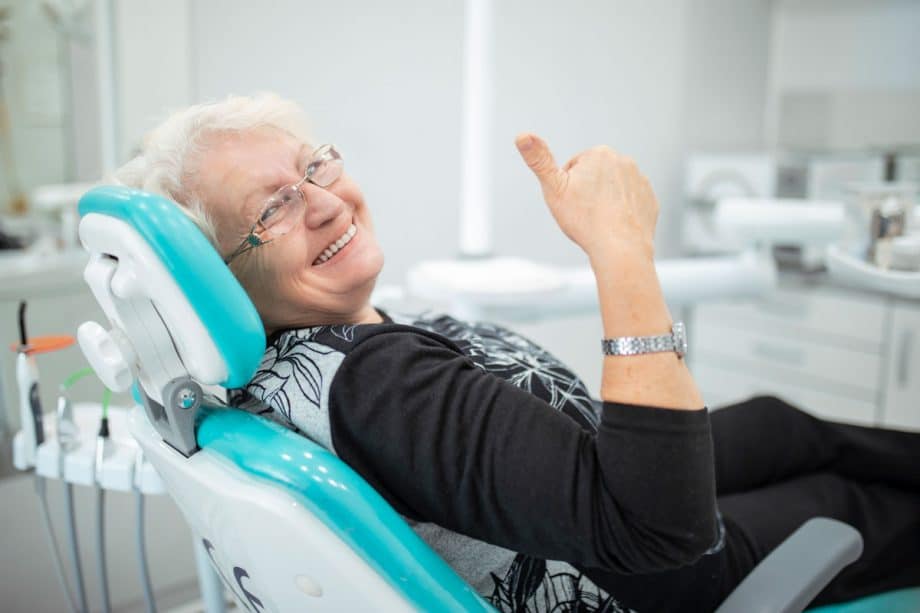Prosthodontists have advanced training in the restoration and replacement of teeth, which means we’re experts when it comes to restorative dentistry. We use state-of-the-art techniques and materials to restore function and esthetics to teeth that are compromised. If you need restorative dentistry, here’s what you should know before your appointment.
The Goals of Restorative Dentistry
While prosthodontists are perhaps the best known specialists when it comes to restorative dentistry, general dentists, endodontists, and periodontists all perform procedures that rehabilitate teeth and gums that have been damaged by decay, disease, and injury. The goals of restorative dentistry are to restore:
- Function – This is the most important facet of restorative dentistry. We want to ensure that any restoration perfectly replicates the function of a natural tooth. This means that when you bite and chew, your teeth meet together properly; the restoration feels comfortable and stable, allowing you to eat and speak just as you did before your procedure.
- Strength – Dental restorations are also used to strengthen teeth that have been weakened by cavities or trauma. A high-quality restoration has the durability to last years or even decades to come.
- Appearance – In the past, restoring appearance to a compromised tooth wasn’t a concern; amalgam fillings and metal crowns were commonplace. These days, advanced materials mean we can create restorations that blend in naturally with the rest of your smile. Prosthodontists have the training and skill to create realistic restorations.
Restorative Dental Treatments
There are a number of different dental procedures that fall under the umbrella of restorative dentistry. These include:
- Dental Fillings – Dental fillings are the most common restorative dental treatment. When a tooth has a cavity, the decayed area is removed, then a tooth-colored composite material is used to fill in and reshape the tooth, restoring its natural appearance and function.
- Dental Crowns – We use dental crowns for many purposes. They can attach to a dental implant to replace a missing tooth, support a dental bridge, or they can be used to restore teeth that have large cavities, abnormal wear, breakage, or need to be sealed and protected after root canal therapy. Crowns are sometimes known as caps because they are placed over the affected tooth to restore shape, size, and appearance.
- Inlays and Onlays – Inlays and onlays are also referred to as partial crowns. They’re often used to restore teeth that have more decay than can be repaired with a dental filling, but not enough to merit a dental crown.
- Dental Bridges – There are a few options for dental bridges, but what they all have in common is that they use supports, or abutments, to anchor in place one or more prosthetic teeth.
- Dental Implants – Dental implants address the effects of tooth loss both above and below the gum line. This makes them as close as it gets to a natural tooth.
- Dentures – Dentures are used to replace missing teeth. They can be full or partial; fixed or removable. Prosthodontists have the ability to create dentures that are esthetically pleasing, comfortable, and stable.
Learn More About Restorative Dentistry at Stuart Prosthetic Dentistry
If you need any of the restorative services discussed above, we’d love to welcome you to our practice for a consultation. Contact us today at 772.286.1606 to schedule an appointment with Dr. Tyler.

